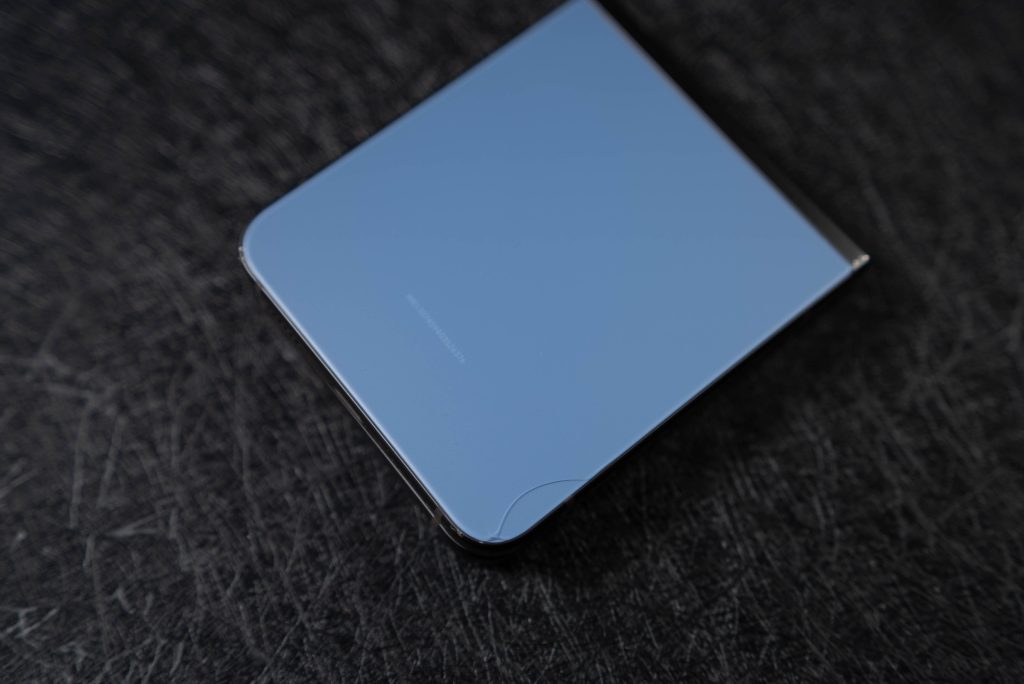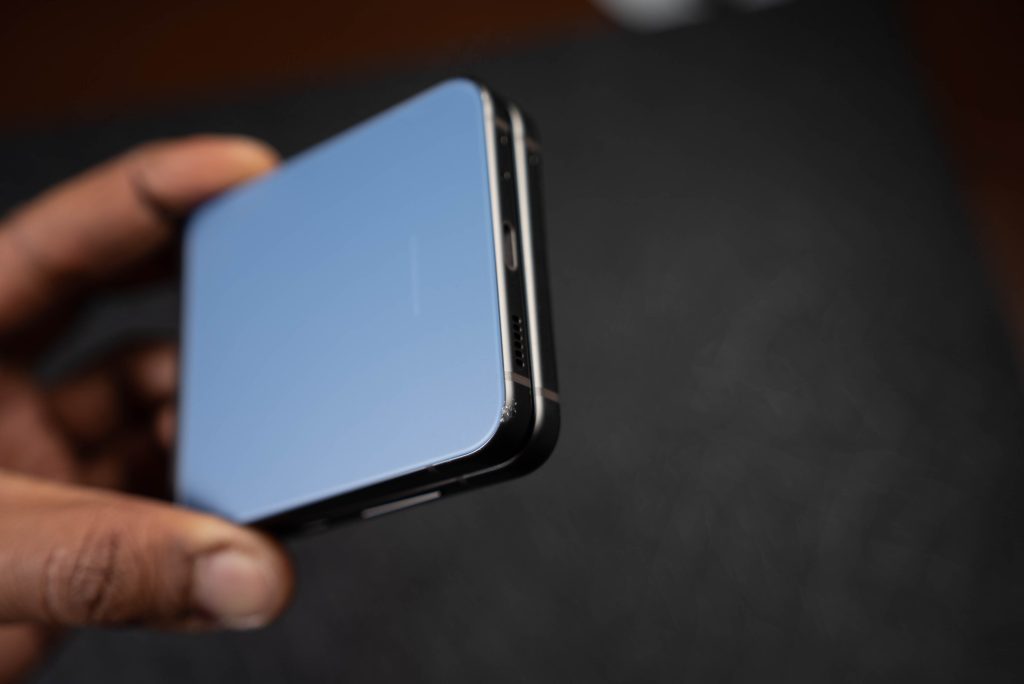There’s nothing quite like the feeling of a new phone, especially when that phone is one of the Flip phones that make up the foldable market. The joy of embracing the new is like no other, just as the feeling of despair is when you drop said new phone.
I’d had my Galaxy Z Flip 5 for two days when disaster struck this past weekend. One of the best things about the Flip phone form factor is flipping it open to use the main screen, which is exactly what I was doing when the phone slipped out of my hand and dropped 6 feet onto concrete in my building’s parking garage.
Each bounce filled me with dread, and I didn’t expect the phone to survive. Except it did, and surprisingly well.
Surprising, but not that surprising
After many years of using foldable phones as part of my daily rotation – and dropping a few of them at different times – I wouldn’t be that worried about another one surviving a drop, right?
Yet, like many foldable users and detractors, I was: as it turns out, unnecessarily so.
Despite falling from a height of 6 feet onto a concrete garage floor with some blemishes – aka it isn’t smooth or freshly laid – the Galaxy Z Flip 5 survived. It did as well as any other regular phone I’ve dropped, like my iPhone 14 Pro, which I’ve dropped a couple of times on the same garage floor.
It didn’t survive untouched, however. There’s a small crack on the back and some small chips in the otherwise beautiful matte black frame, but otherwise, it seems to be perfectly fine. To put it briefly: it did just as well as any other phone in the same circumstances, which is a testament to its durability as a phone that can survive everyday usage.

Why this matters
Ask any detractor of the foldable form factor their biggest concern, and it’s usually durability.
Since the original Galaxy Fold, this has been the one thing most people have expressed concern about when talking to me about foldables, and yet, it’s the one area I’ve never really been concerned about.
Subscription revenue has been growing steadily, and the next act of Apple's financial performance could be its best yet.
Why? Every foldable I’ve used has proven as durable in surviving accidental drops and bumps as any phone with a more traditional slab form factor.
The critical difference, however, is also the durability of the folding displays, where anecdotal evidence of the industry suggests foldables may still have room to improve. Anecdotal is the key word there; there’s nothing to specifically suggest that they are more or less durable than regular phones, which is further enhanced by the fact that display issues with a regular phone are not considered newsworthy.

How durable is a foldable phone?
This is difficult to answer using quantitative metrics. Still, over the past four years since the first Galaxy Fold was launched, I have yet to personally have a foldable phone that has failed, whether due to accidental damage or design flaws. That said, I know other reviewers have had some problems, although not in a widespread way.
The durability of foldable phones has improved significantly since the original Galaxy Fold and the first Motorola Razr remake, both of which had significant problems. The former’s display failed, forcing Samsung to recall the phone before relaunching it. The latter proved to have significant hardware problems – first reported by myself – resulting in creaking whenever you opened or closed the phone, and a launch that ultimately failed.
From the outward-folding design of the Huawei Mate X series to the book-style foldable adopted by Samsung and others and the flip form factor that Samsung and Motorola have bought into the US, these foldables feel durable and reliable.
The move to Apple Silicon means you can no longer rely on your expensive MacBook retaining its value once the next generation of chipsets is launched.
Samsung’s latest foldables are IPX8 rated, meaning they’ll survive exposure to rainfall or being submerged – even though it’s not recommended to do so on purpose – while the Motorola Razr+ is IP52 rated so that it can handle light rainfalls and has some dust resistance. Further, all latest-generation foldables have improved the sealing around the display, making it harder for dust and debris to get caught underneath, although it’s still possible.
Regardless of its durability, however, a case or additional protection – such as Samsung Care+ – is always a good idea. I have Samsung Care+ and may put a case on my Galaxy Z Flip 5, although I enjoy the case-less experience. If I choose not to use a case, however, I don’t think I’ll be that concerned as it’s already survived a substantial drop, so I feel encouraged that it can survive anything I throw at it. That is a testament to the durability of the latest generation of foldable phones.
